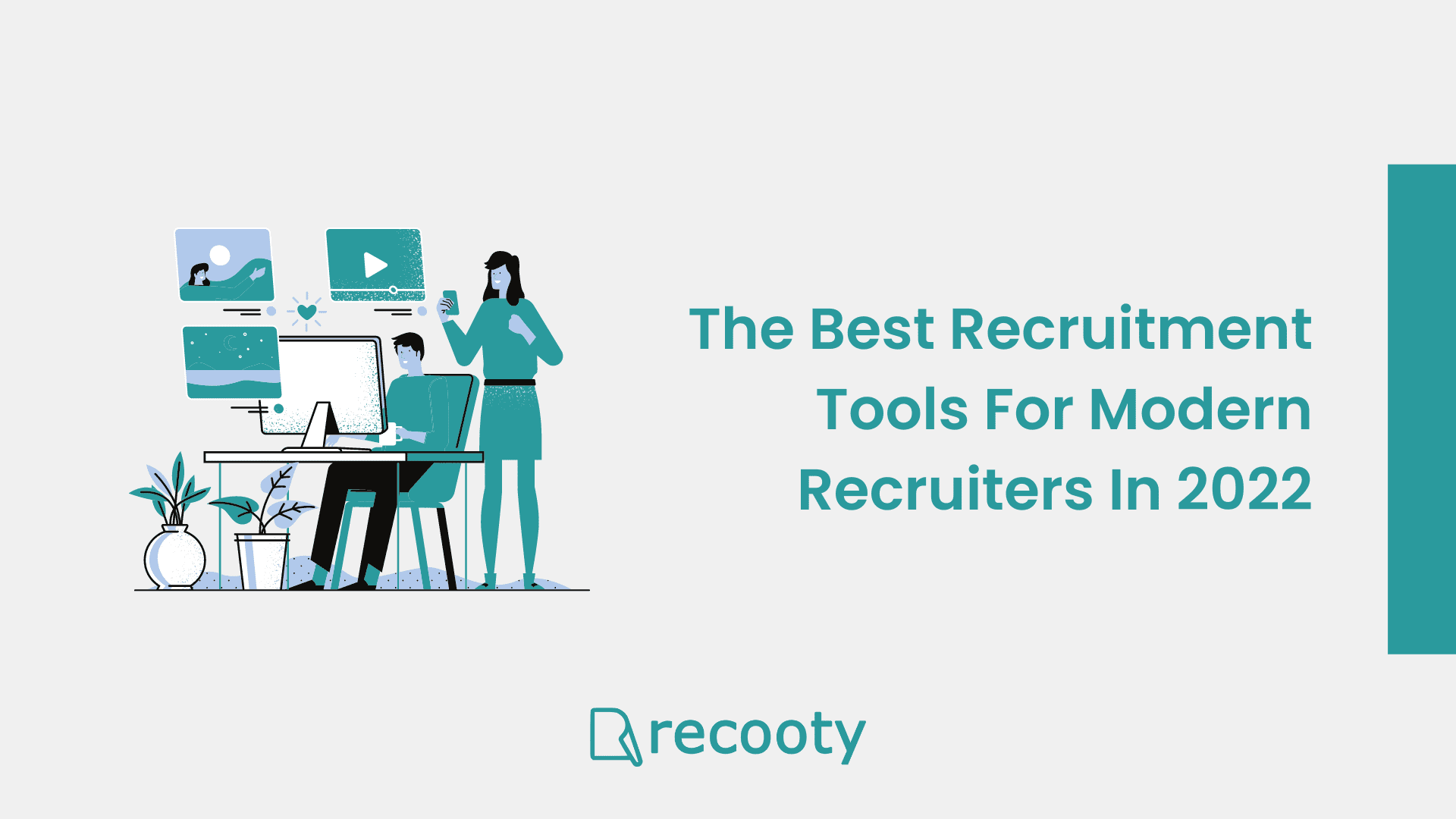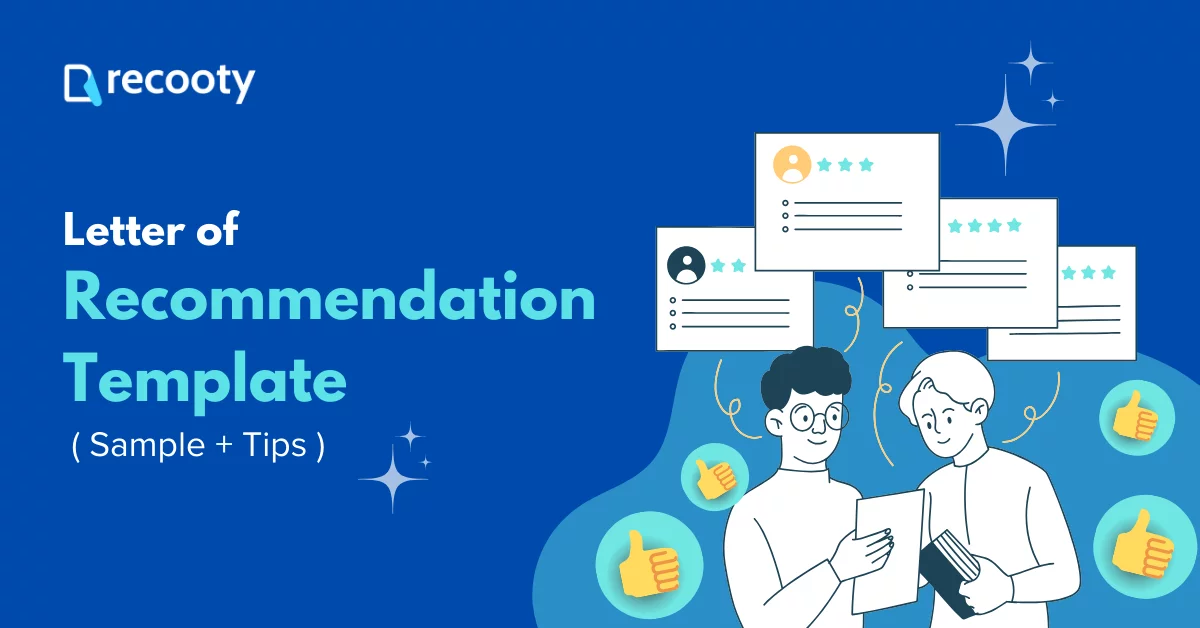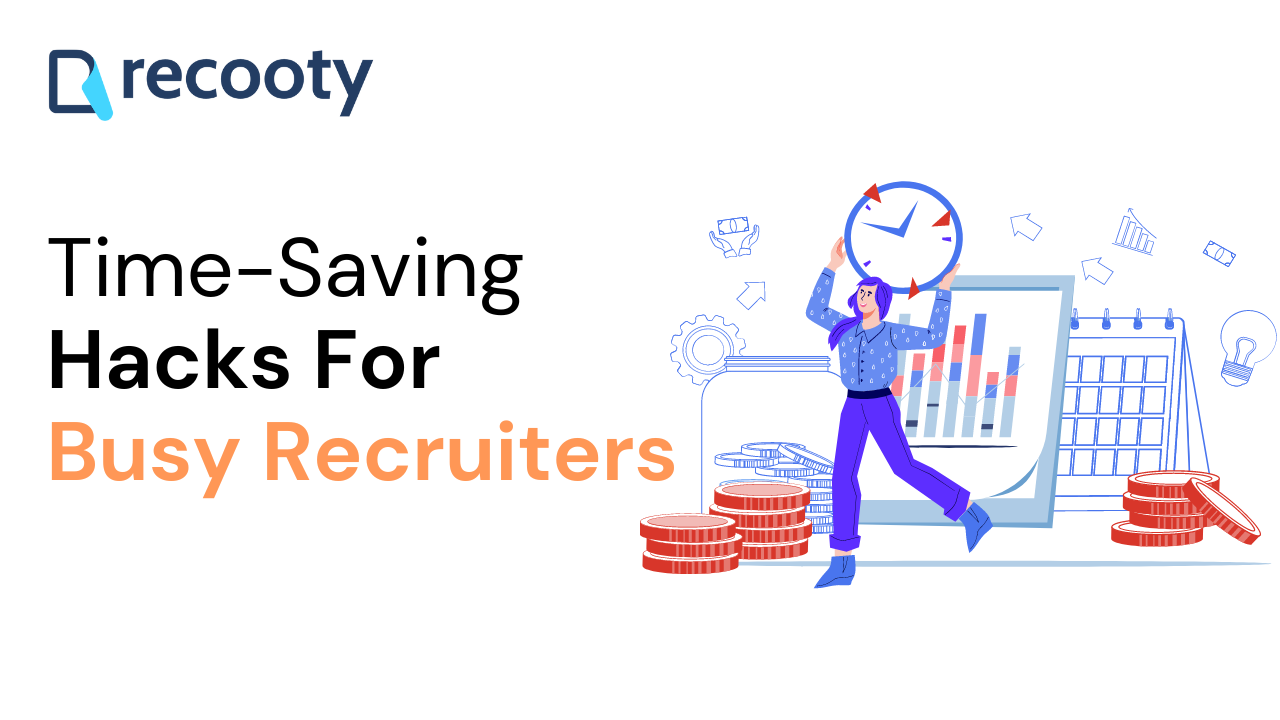Common HR Recruiting Challenges Solved with Applicant Tracking Tools
Anmol Jha

That said, it’s also important to know that it is crucial to stay ahead of the game with optimized recruitment strategies in 2023. That’s why, we have unveiled Best recruitment strategies in 2023 that you should be aware of to enhance your hiring process and secure the best candidates.
In today’s competitive job market, HR departments face numerous challenges when recruiting the best talent. From managing large volumes of applications to streamlining the hiring process, HR professionals often find themselves overwhelmed by the complexities of recruitment.
However, these challenges can be effectively addressed and overcome with the advent of applicant tracking tools. In this article, we will explore the benefits of applicant tracking tools and how they can solve common HR recruiting challenges.
At the forefront of HR technology, applicant tracking tools have revolutionized the recruitment landscape by streamlining and automating various aspects of the hiring process. These tools leverage advanced algorithms and robust functionalities to simplify tasks that were once manual and arduous.
By embracing applicant tracking tools, HR professionals can enhance their recruitment strategies, optimize their time and resources, and ultimately secure the best talent for their organizations.
One of the most significant challenges HR professionals face is the sheer volume of applications they receive for each job opening. Sorting through stacks of resumes and identifying qualified candidates can be time-consuming and tedious. Hiring challenges statistics show that recruiters spend an average of 13 hours a week finding candidates for one role.
Applicant tracking tools solve this challenge by automating the screening process. These tools use sophisticated algorithms to scan resumes and filter out candidates who do not meet the specified criteria.
By eliminating the need for manual screening, an applicant tracking tool saves valuable time and enables HR professionals to focus on assessing the most suitable candidates.
The HR technology market is expected to grow by 81% by 2025. This is due to the rising popularity of business software utilized by most HR departments.
For example, many applicant tracking tools integrate with the best assessment software. This powerful combination allows HR professionals to administer online assessments and evaluate candidates’ skills and qualifications.
Utilizing the best assessment software within the applicant tracking tool ensures organizations a standardized evaluation process and makes data-driven decisions during the hiring process. This integration eliminates the need for separate assessment tools and provides a seamless experience for HR professionals and candidates.
Another significant challenge faced by HR departments is the lack of visibility and collaboration during the recruitment process. Without recruitment techniques, traditional methods such as email communication and manual file sharing often lead to miscommunication, delays, and lost information.
Applicant tracking tools address this challenge by providing a centralized platform facilitating communication and collaboration among hiring managers, recruiters, and other stakeholders.
Centralized platforms for communication and collaboration allow for real-time updates, document sharing, and feedback tracking, ensuring everyone involved is on the same page throughout the hiring process. Improved visibility and collaboration streamline recruitment and enhance the overall candidate experience.
In addition to managing the application and assessment process, applicant tracking tools also simplify the scheduling of interviews. Coordinating multiple schedules, finding suitable meeting times, and sending reminders can be cumbersome.
However, applicant tracking tools offer integrated scheduling features that automate this process. These tools sync with calendars, send automated reminders, and allow candidates to select their preferred interview slots.
When they automate interview scheduling, HR professionals can save time, avoid scheduling conflicts, and provide a seamless experience for candidates.
Applicant tracking tools are also instrumental in addressing diversity and inclusion challenges in the recruitment process. Many organizations recognize the importance of building diverse teams, but unconscious bias can often seep into the hiring process.
Applicant tracking tools help mitigate this challenge by providing objective data and metrics to evaluate candidates. By focusing on qualifications, skills, and experience, these tools reduce the impact of unconscious bias and enable fair and inclusive hiring practices.
Furthermore, applicant tracking tools often include reporting and analytics functionalities, allowing HR professionals to track and measure the effectiveness of their diversity initiatives. These tools provide valuable insights into the recruitment process, such as the source of qualified candidates, time-to-fill metrics, and demographic information.
By leveraging these insights, HR professionals can make data-driven decisions and continuously improve their recruitment strategies.
Furthermore, applicant tracking tools streamline the onboarding process for new hires. Once a candidate has been selected, various administrative tasks bring them on board.
Applicant tracking tools automate and centralize these tasks, such as generating employment contracts, conducting background checks, and initiating the necessary paperwork.
By streamlining the onboarding process, these tools ensure a smooth transition for new hires and minimize paperwork and manual processes. This allows HR professionals to focus on creating a positive onboarding experience for new employees, setting them up for success from day one.
Moreover, the best applicant tracking tool is crucial in creating a positive candidate experience. In today’s digital age, job seekers have come to expect a streamlined and user-friendly application process.
Applicant tracking tools provide an intuitive and easy-to-navigate interface for candidates to submit their applications, upload resumes, and complete any necessary assessments or questionnaires. This enhances the overall candidate experience by reducing friction, eliminating repetitive data entry, and ensuring that candidates have a positive impression of the organization right from the start.
A positive candidate experience not only improves the organization’s employer brand but also attracts top talent and increases the likelihood of securing qualified candidates.
Applicant tracking tools offer data security and privacy advantages. Confidential candidate information, such as resumes, personal details, and assessment results, is securely stored within the system, reducing the risk of data breaches or unauthorized access.
HR professionals can set access controls and permissions, ensuring only authorized personnel have visibility and control over sensitive candidate data. This compliance with data protection regulations and privacy standards helps organizations maintain trust with candidates and demonstrates their commitment to safeguarding personal information.
Integration with other HR systems is another significant benefit of applicant tracking tools. These tools can seamlessly integrate with other HR systems and software, such as payroll, performance management, and employee databases.
This integration allows for seamless data transfer and information sharing, reducing duplication of effort and ensuring data consistency across various HR functions.
For example, when hiring candidates, their information can be automatically transferred from the applicant tracking system to the employee database. This approach streamlines the transition from recruitment to onboarding and eliminates the need for manual data entry.
By integrating applicant tracking tools with existing HR systems, organizations can create a unified and efficient HR ecosystem, streamlining processes and improving overall HR operations.
Applicant tracking tools have become an essential resource for HR professionals in overcoming common recruiting challenges. These tools enable HR departments to automate and streamline the recruitment process, from initial application screening to candidate onboarding.
Applicant tracking tools offer a comprehensive solution to HR recruiting challenges, from automated screening and filtering to creating a positive candidate experience.
By leveraging the power of applicant tracking tools, HR professionals can save time, improve efficiency, enhance the candidate experience, promote diversity and inclusion, ensure data security and privacy, and make data-driven decisions to optimize their recruitment efforts.
As the job market continues to evolve, organizations that embrace applicant tracking tools will gain a competitive edge in attracting and hiring the best talent, setting themselves up for long-term success in a rapidly changing business landscape.
Common challenges include managing a large volume of applications, coordinating communication with candidates, ensuring a streamlined interview process, and maintaining compliance with hiring regulations.
ATS automates the application review process, sorts and filters resumes based on predefined criteria, and allows recruiters to focus on the most qualified candidates. This significantly reduces manual effort and speeds up the initial screening process.
Key features include resume parsing, customizable workflows, collaboration tools for team communication, interview scheduling capabilities, and reporting analytics. Integration with other HR tools and platforms can also enhance overall efficiency.
ATS provides centralized communication tools, allowing recruiters to send automated status updates, schedule interviews, and share relevant information with candidates. This ensures timely and transparent communication, enhancing the candidate experience.


